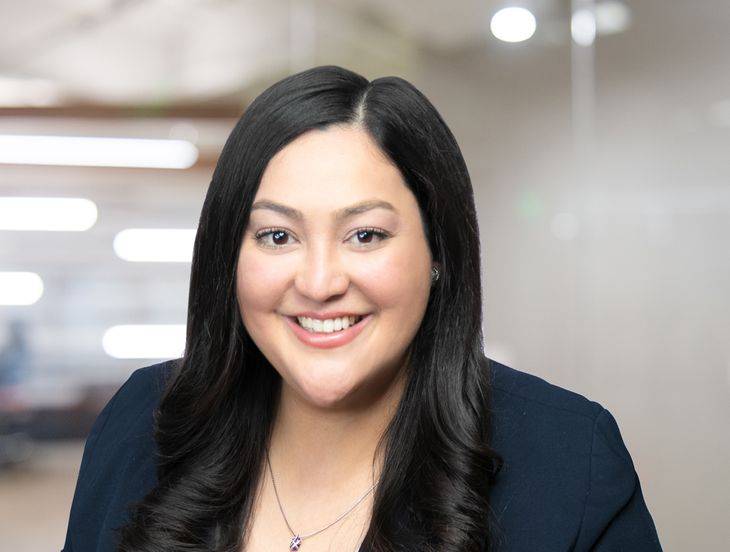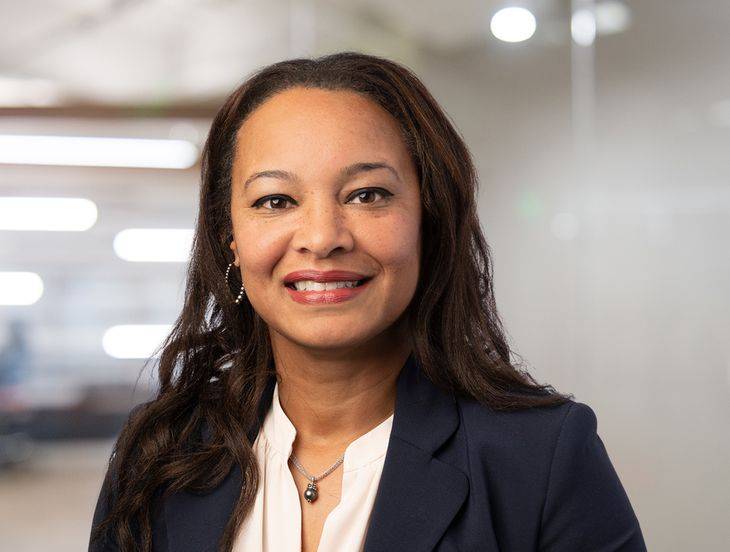Employers Beware: New Federal Partnership Shines Spotlight on Workplace Safety and Health Programs
Insights
11.03.23
Employers should prepare for increased safety and health enforcement efforts now that federal labor and workplace safety officials have entered a partnership to bolster whistleblower protections. Specifically, the National Labor Relations Board (NLRB) and the Occupational Safety and Health Administration (OSHA) announced on October 31 that they entered an agreement to enhance information sharing and cross-agency consultations, training, outreach, and education. The agencies aim to promote safe and healthy workplaces and protect workers who speak out about unsafe working conditions. This agreement aligns with the recent interagency collaboration we’ve seen from the NLRB — including two earlier partnerships with the Department of Labor and the Federal Trade Commission — which means employers may find themselves subject to even more scrutiny from multiple agencies. Here’s what employers need to know about the most recent agreement between OSHA and the NLRB.
Expanded Impact
The NLRB and OSHA entered a Memorandum of Understanding (MOU) to
“bolster protections for workers to speak out about unsafe working conditions by strengthening coordination between OSHA and the NLRB on our enforcement efforts,” according to NLRB General Counsel Jennifer Abruzzo. Similarly, Assistant Secretary for OSHA Doug Parker shared that the MOU “will expand both of our agencies’ impact and effectiveness in protecting workers who raise concerns about workplace violations or retaliation.”
Significant Information Sharing
The MOU focuses on information sharing, coordinated investigations and enforcement, reciprocal training, education, and outreach. Of significance, OSHA will exchange information with the NLRB in two noteworthy ways:
- If OSHA encounters an employee who may have been subject to an unfair labor practice under the National Labor Relations Act (NLRA), then OSHA will promptly provide the employee or the collective bargaining representative with the NLRB’s contact information.
- If an employee files a section 11(c) whistleblower complaint with OSHA and the complaint is untimely (30-day limitation), then OSHA will advise the employee that they may file a charge with the NLRB, which has a longer time limit to file (six months). OSHA will provide the NLRB’s contact information.
Similarly, the NLRB will share with OSHA information related to workers who are currently or likely exposed to health and safety hazards. The agencies may also conduct joint investigations and cross-training of personnel and work together to engage in public outreach. In fact, the agencies released a two-page document on “Building Safe & Healthy Workplaces that Promote Worker Voice” explaining how the two agencies are a resource for workers with safety and health concerns. Finally, OSHA and the NLRB will work together to facilitate referrals of complaints to the NLRB from the respective states that have their own OSHA plan.
What Should Employer Do?
Practically speaking, the NLRB and OSHA partnership could be troublesome for employers. Consider the following examples:
- While untimely OSHA whistleblower complaints may have previously been dismissed, employers may now be subject to enforcement under the NLRA. Consequently, employers who have never heard of the NLRB may start hearing the terms “unfair labor practice” a lot more frequently.
- This cooperation agreement could also potentially take on much broader implications if OSHA finalizes a proposed rule giving a designated union representative the right to accompany an OSHA inspector during a facility walkaround. In light of this, employers need to know their rights during OSHA inspections.
Employers who are unfamiliar with the NLRA, especially those who are frequently subjected to OSHA whistleblower complaints, should also start becoming familiar with the NLRA. Ensuring that you have solid safety and health programs may ultimately save your workplace from the concerted enforcement efforts of OSHA and the NLRB.
Conclusion
If you have any questions, contact the authors of this Insight, your Fisher Phillips attorney, or any member of our Workplace Safety Practice Group or Labor Relations Practice Group. Make sure you are subscribed to Fisher Phillips’ Insight System to get the most up-to-date information on OSHA, NLRB, and other workplace issues.
Related People
-
- Alba V. Aviles
- Partner
-
- Chantell C. Foley
- Partner

